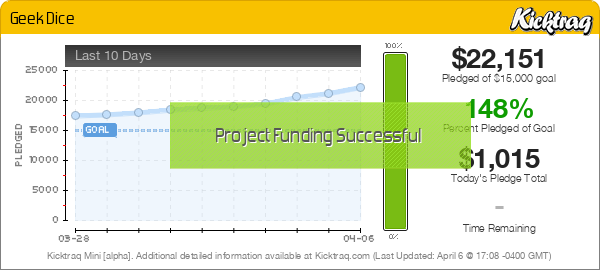Rock-Paper-Scissors
This entry has been rejected due to incompleteness or lack of notability.
To dispute this DEADPOOL flagging, please provide suggestions for how this entry can be improved, or request editorship to help maintain this entry.
NOTE: This Entry was related to the 2013 April Fools joke. For more information, please check out the KYMdb Offline Crisis Response Initiative.

About
Rock-Paper-Scissors is well known hand game most commonly played by two people. During a game of rock-paper-scissors, the players simultaneously form one of three shapes with an outstretched hand, in which the combination of these shapes decides which player wins.
Origin
The first known mention of the game was in the book Wuzazu (五杂组) by the Chinese Ming Dynasty writer Xie Zhaozhi (shown below), which was created around the year 1600. In the book, Xie Zhaozhi wrote that the game dated back to the time of the Chinese Han Dynasty (206 BC – 220 AD) and was called shoushiling (手势令; lit "hand command").
In Japanese history, the people often played sansukumi-ken, which followed a similar style as rock-paper-scissors. Over time they were imported in Japan, where they became popular in Japanese society. Neither Japan nor China made use of the standard objects which are currently used in the game, but instead made use of animals.
Instructions
Rock-paper-scissors and its various derivatives commonly follow a system of three shapes each representing the variables X, Y and Z. In the game, each of the three basic hand-signs represents one of these variables. For example as shown below, the rock, paper, and scissors. Each of these shapes beats one of the other two, and loses to the remaining one, with similar signs resulting in a tie.

Spread
By the early 20th century, rock-paper-scissors had spread beyond Asia. A large reason for this increased spread was through Japanese contact with the west. Its English-language name is therefore taken from a translation of the names of the three Japanese hand-gestures for rock, paper and scissors. The paper was a variation of the "cloth" used in Asian cultures, and the shape of the scissors was taken from the Japanese style.
In Britain in 1924 it was described in a letter to a newspaper as a hand game, possibly of Mediterranean origin, called "zhot", to which a reader then saying that the game "zhot" referred to was evidently Jan-ken-pon, which she had often seen played throughout Japan. A New York Times article of 1932 on the Tokyo rush hour describes the rules of the game for the benefit of American readers, suggesting it was not at that time widely known in the U.S.A.
Tournaments
There are various tournaments based on the popular game, with the earliest versions dating back to 2002. These open championships have been widely attended by players from around the world and have attracted widespread international media attention. So were various tournaments covered by the Washington Times,[1] CBS News,[2] Fox News,[3] USA Today[4] and the NPR.[5]

Rock-paper-scissors-lizard-Spock
Rock-paper-scissors-lizard-Spock[6] is a variation of the standard game which includes the addition of two new gestures, the Lizard and Spock, and was invented by Sam Kass. Due to the usage of five gestures instead of three, there are ten possible pairings, reducing the chances of a round ending in a tie. The game initially didn't receive much attention nor usage. This increased when the game was mentioned in three episodes of the popular tv-series The Big Bang Theory. According to an interview with Kass, the series producers did not ask for permission to use the game. Kass was later referenced in an episode in the fifth season as the creator of the game (shown below).

The game launced a kickstarter campaigin[7] on February 5th, 2013, by Alien Lab called Geek Dice. Instead of the standard hand-gesture variation of the game, in Geek Dice all players simultaneously throw a dice on which each side represents one of the gestures from rock-paper-scissors-lizard-Spock. The roll of the dices decide the outcome of the game, and if the players want to can result in the winning or losing of playing chips. The Kickstarter eventually reached its goal of $15,000 on March 18th.


Search Interest
External References
[1] Washington Times – Fists fly in game of strategy
[2] CBS News – Rock, Paper, Scissors A Sport?
[3] Fox News – Rock, Paper, Scissors, the Sport
[4] USA Today – Rock Paper Scissors contest being held
[5] NPR – 2003 World Rock Paper Scissors Championship
[6] Wikipedia – Rock-paper-scissors-lizard-Spock
















Top Comments
I am AHO Right?
Apr 01, 2013 at 10:03AM EDT
Alex Mercer Moderator
Apr 01, 2013 at 10:38AM EDT